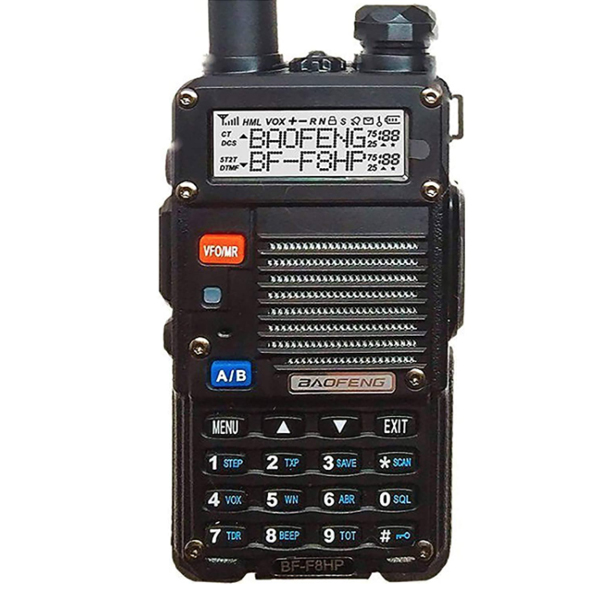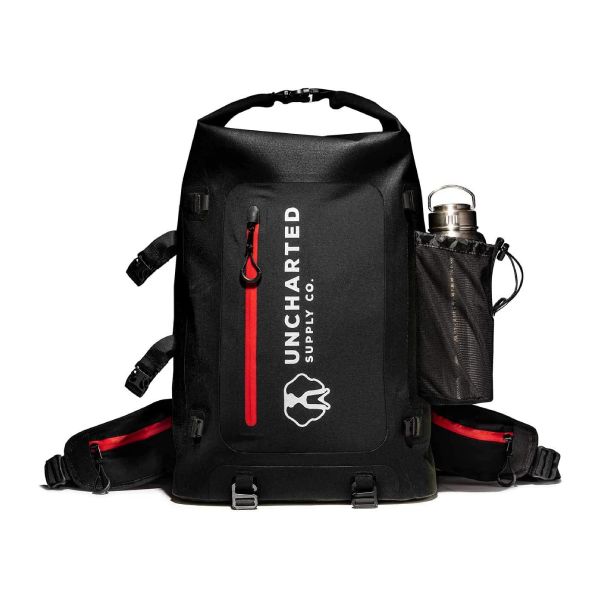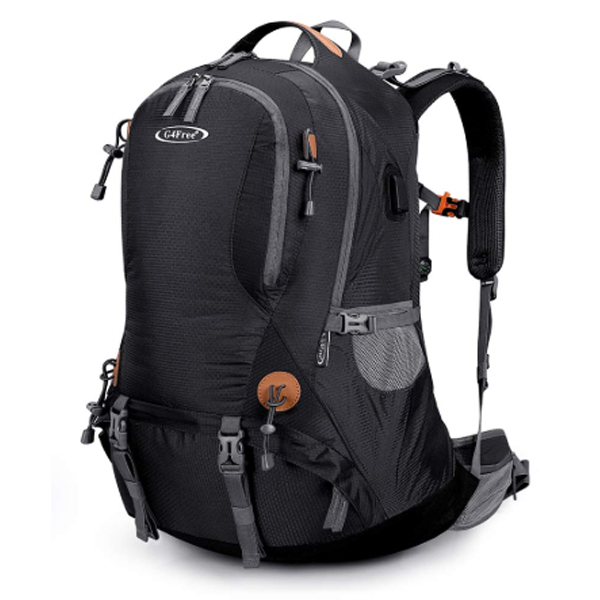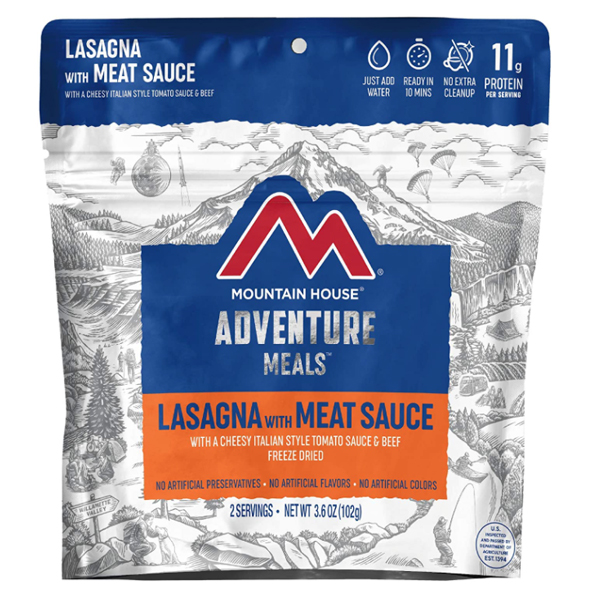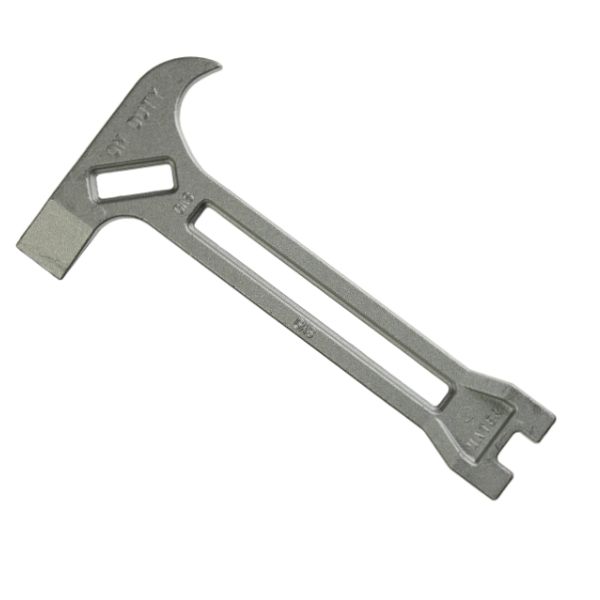Prepare for Extreme Heat and Drought
Extreme heat and droughts are serious business -- especially if you already live in a hot, dry climate. When extreme heat hits and there isn’t a rain cloud in sight, you know you’re bound to have challenges ahead of you.
Las Vegas Heat Wave
Our church group asked the C.E.R.T program from the City of Las Vegas to come in and train us. The multi-week training was so fascinating. However, one question really got our attention.
The instructor told us there was only one fuel line into Vegas. One water source. A couple of roads out of town. When it hits 115 degrees in the summer and everyone has the A/C on, there's quite a bit of risk in town. She asked, "what would happen if the water source or the power for A/C or any of the roads were compromised? How long do you thing the city would remain civil?"
We all sat there for a moment to think it through. She suggested the city would have 3 days before caos began to erupt. The extreme heat without the right resources would drive some pretty extreme behaviors.
Stackable 5-Gallon Water Containers
Stackable, portable, durable 5 gallon water containers for potable water storage and transport
Buy on AmazonPreparing for Extreme Heat and Drought
Thankfully, it’s easy to prepare for droughts and the heat that comes with it -- it’s important to converse water year-round, instead of just before a drought.
Avoid pouring water down the drain, even if you’re not going to drink it. Use it to water a plant or a pet, pour it into an outdoor birdbath, or even use it in an artistic project!
Fix any pipes that may be leaking in your home -- leaking pipes can waste up to 2,700 gallons of water a year!
An experienced homeowner shared with us exactly how they prepare for extreme heat and impending droughts. They recommend being mindful of how you use your water by taking short showers and turning off the faucet when you brush your teeth.
They also recommend stocking up on drinking water, and changing out your supply yearly -- just avoid panic buying. Wear light clothes when the temperature gets too high, and be sure to stay hydrated.
They also recommend having either small, handheld fans or a generator as a backup in case the power goes out and you’re left without air conditioning.
Extreme Heat and Drought Preparedness Plan
When the heat hits, it’s important to know how to keep yourself and your family safe and healthy. Remember that when the heat rises, tensions can also be high -- keep a level head during a heatwave to avoid further heating the situation.
It’s easy to stay cool in extreme heat, and keep everyone hydrated during a drought -- discuss a plan with your family so everyone knows what to do when the temperature begins to climb.
- Keep your home as cool as possible by using an air conditioning unit instead of relying solely on a fan
- Avoid sports, lawn care, and other physically tolling activities during extreme heat
- Know the signs of heatstroke, and how to help those affected.
- Stay hydrated, and keep your water cold
- Avoid wasting water by pouring it down the drain, washing your car, or waiting for water to get hot
- Shut off your automatic sprinklers during droughts, watering your lawn sparingly
- Never, under any circumstances, leave an animal or child in a vehicle on a hot day without air conditioning -- they can die from extreme temperatures within hours, and damage can be done in even less time
If your air conditioning stops working during a drought or an extreme heat wave, it’s important to seek shelter that has working AC, such as a mall or library where you can spend time cooling off.
If you will be without AC for an extended period of time during an extreme heat wave and are unable to seek shelter, it’s important to learn how to identify and treat heatstroke, and have a discussion with your family about how to stay safe.
Identifying heatstroke
Heatstroke can happen to anyone -- but children under 4, including infants, and adults over 65 are at a higher risk, and should be monitored closely during an extreme heat wave or drought.
There are a few different symptoms that come with heatstroke -- one of the most alarming being either a fever of 104 degrees, or fainting.
Other signs of heatstroke include:
- Dizziness and light-headedness
- A throbbing headache
- Confusion, staggering, or disorientation
- Lack of sweating
- Nausea and vomiting
- Hot, red, and dry skin
- Rapid, shallow breathing accompanied by a rapid heartbeat
- Weakness in the muscles
- Cramps
- Seizures
If you suspect that someone has heat stroke, do not hesitate to call 911 or transport them to a hospital as quickly as possible.
If you don’t have access to a hospital or you are awaiting an ambulance, you can perform first aid yourself to minimize the risks that come with overheating.
The first thing you want to do is cool off the affected person -- leaving them with a high temperature for too long can cause damage to their brain and other organs.
Place them in a bath of cool water if you can -- if not, wet their skin with water and fan them off in an effort to cool them.
You can also apply ice packs to their neck, armpits, back, and groin to help cool them down quickly -- however, we must warn you to avoid using ice with very young children, elderly victims of heat stroke, and anyone with a chronic illness. It’s best to make an additional effort to get them to a hospital as quickly as possible.
Be sure to stay hydrated by drinking water or a sports drink -- do not attempt to cool off with overly sugary or alcoholic drinks.
Keep the affected person in an air-conditioned area until help arrives, and avoid exposing them to heat as much as possible.
Emergency Preparedness Resources

Popular Emergency Checklists
All | Bug Out Bag | 72-Hour Kit |
Evacuation | First Aid
Scouting - Wilderness First Aid
Emergency Plan (ready.gov)
Emergency Contact Info (ready.gov)
Emergency Plan for Schools (ready.gov)
Emergency Gear to Prepare for Extreme Heat and Drought
The gear you'll need to survive. The gear you'll need for evacuation is exactly the same as what you might need when you're staying home to weather out the storm.
- 72-hour kit or go Bag - your individual kit should have clothing, gear and supplies for 3-10 days minium
- Food Storage - Take a long food from your long term food storage
Like any other emergency, you should put together an emergency kit just in case. The last thing you want is to be caught unprepared -- especially during a drought.
Put together an emergency kit and store it somewhere cool, dry, and accessible. You may even want to have a miniature kit with enough supplies to sustain you on the go. Just remember to avoid overstocking -- take only what you need.
- Enough water for everyone in your household to last at least a week
- Canned goods, or cold food
- A backup power source, such as a generator
- Handheld fans
- Light clothing
- Extra batteries
- Flashlights
- Ice packs
- Reusable water bottles
- A first aid kit
- A thermometer
- A battery-powered radio
Recommended Products
55-Gallon Water Barrel
Durable water storage containers for 55 gallons of potable water
Buy on Amazon1This post may contain affiliate links. If you make a purchase, I may earn a small commission at no additional cost to you.
2 As an Amazon Associate we earn from qualifying purchases.
3 Most reviews are based on personal experience from one of our content editors. Some are based on research and the opinions of other reviewers.




